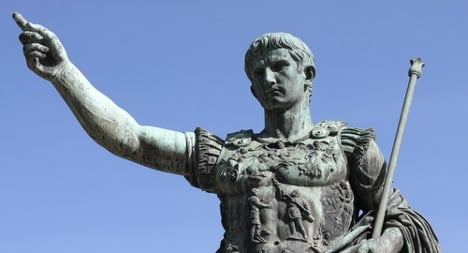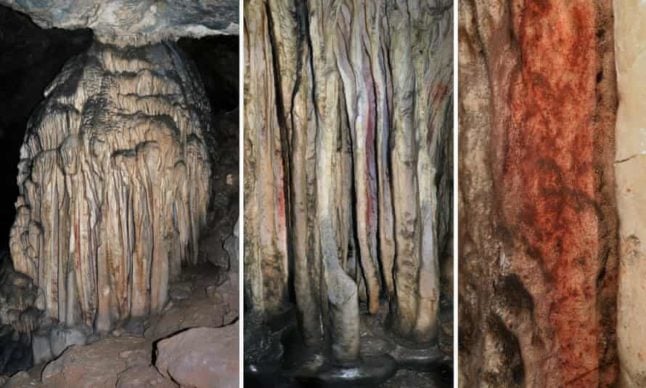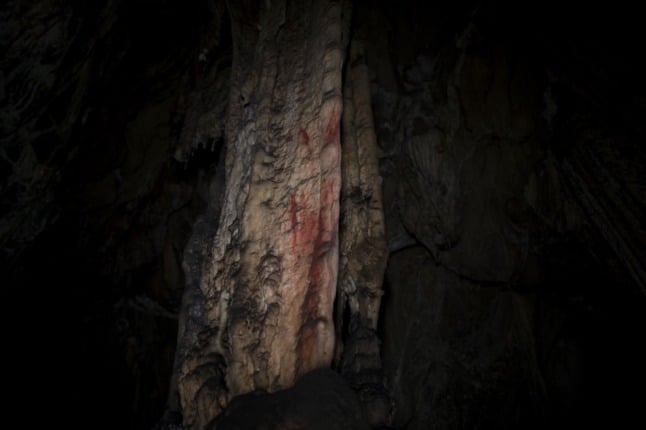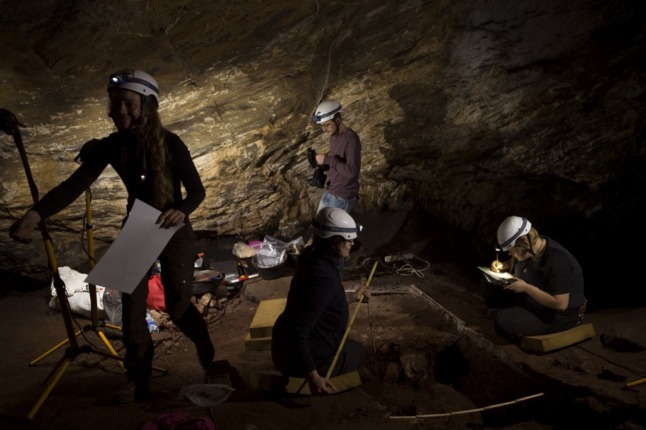The houses on Rome's Palatine hill where the emperor lived with his family are re-opening after a 2.5 million euro ($3.22 million) restoration to mark the 2,000 anniversary of Augustus's death — with previously off-limit chambers on show for the first time.
From garlands of flowers on Pompeian red backgrounds to majestic temples and scenes of rural bliss, the rooms are adorned with vividly coloured frescoes, many in an exceptional condition.
Restorers said their task had been a complex one, with bad weather during excavation threatening the prized relics of a golden era in the Eternal City.
SEE ALSO: Ten fascinating facts about Augustus
"We had to tackle a host of problems which were all connected, from underground grottos to sewers — and I'm talking about a sewer system stretching over 35 hectares (86 acres)," Mariarosaria Barbera, Rome's archaeological superintendent, told AFP.
To protect the site, tourists will have to book to join one of three daily groups of up to 20 people who will be taken around by a guide for a 15-minute visit.
Cinzia Conti, head restorer, said the plan was to allow people to enjoy "a more intimate, more attentive exploration of Augustus's spaces."
It will also mean "we restorers can keep an eye on and evaluate the consequences of the public walking through, for example the dust on their shoes and especially their breath," she said.
Augustus's decision to build his "domus" near a grotto where Romans worshipped Romulus — one of the twins who legend has it founded Rome — was no coincidence.
'A man of power'
The complex was intended to symbolise not only his power but that of his wife and advisor Livia, who is said to have wielded great influence over him and went on to play an important role in Roman politics after his death.
"Looking at the houses, the buildings he had built, we understand he was a man of power, of great strength, who knew what went into making a political man at the head of such a big empire," Conti said.
The frescoes in Livia's house in particular are one of the most important examples of the period's style, according to Barbera.
The founder of the Roman Empire was born Caius Octavius in 63 BC on the Palatine hill. The great-nephew of Julius Caesar, he was adopted as his son shortly before the latter was assassinated.
Caius Octavius went on to rule over Rome for 40 years, during which the Republic experienced an era of great wealth and relative peace.
Livia, the love of his life, was his third wife, whom he married when she was pregnant with her first husband's child. He adopted the baby, Tiberius, who would succeed him after his death.
Augustus died aged 75, after which the Senate raised him to the status of a god and appointed Livia his chief priestess.
As part of the 2,000 year celebrations, the Palatine Museum has dedicated a room to Augustus with objects connected to his life on show.






 Please whitelist us to continue reading.
Please whitelist us to continue reading.
Member comments